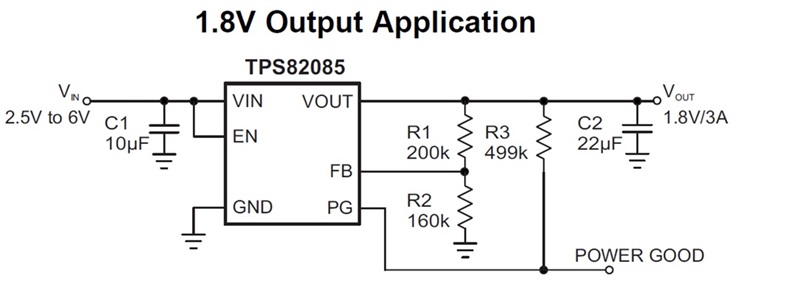SSZTCN7 june 2015 TPS54319 , TPS62085 , TPS62090 , TPS82085
Jun 3, 2015

Are you space constrained? Does your next design have less printed circuit board (PCB) area available than the previous one? Are you tired of managing 10 or even 20 components for just a single power supply? If you answered yes to any of these questions, occupy less space and simplify your life with a MicroSiP module!
Cramming 3A of output current into a 2-mm by 2-mm package with over 90% efficiency was already quite a feat for our design teams. But taking this same integrated circuit (IC), adding just an extra 4.4 mm2 of PCB space, and incorporating the power inductor (which normally occupies between 5 and 15 mm2 of PCB area)? Now that is an accomplishment. In fact, the recent evolution of 3A converters looks like this:
- 2010: TPS54319: 13 total components occupying > 200 mm2
- 2012: TPS62090: 8 total components occupying 100 mm2
- 2013: TPS62085: 6 total components occupying 64 mm2
- 2015: TPS82085: 5 total components occupying 35 mm2
When using the new TPS82085 MicroSiP module, designers can reduce the total PCB area required to less than 35 mm2 and the bill of materials (BOM) to just five total components. This module could be a great option for optical networking systems, solid-state drives (SSDs) and other space-constrained applications needing 3A output currents.
The TPS82085 module incorporates a DC/DC step-down converter plus the power inductor required to deliver 3A of continuous output current. You merely need to provide the input capacitor, output capacitor and two feedback resistors to set the output voltage. The power-good output pull-up resistor is not required if you don’t use the PG pin. With the recommended component values in the data sheet, what could be simpler?
Figure 1 shows a typical application circuit for a 1.8V output voltage providing 3A of current. In which of your applications would you appreciate such small size and high output current?
 Figure 1 Typical Schematic of the
TPS82085 MicroSiP Module
Figure 1 Typical Schematic of the
TPS82085 MicroSiP Module